|
For years, women have been bombarded with the idea of attaining a slim and toned figure. But recently, a shift towards a strong and healthy body has occurred. One of the critical aspects of this shift is the importance of building strong glutes. Not only do strong glutes improve posture and enhance athletic performance, but they also contribute to overall physical health. So, while The Kardashians may have promoted having more significant bottoms for vanity reasons, building strong glute muscles will benefit a woman's quality of life in multiple ways. In this article, we'll explore the benefits of having strong glutes and discuss the factors that play a role in being able to build a strong butt. You'll get some exercise ideas at the end, too. Why Should Every Woman Work Towards Stronger Glute Muscles? Here are some of the critical benefits of having strong glutes for women:
Strengthening your glutes is beneficial for physical appearance and overall health and well-being. Sleep and Building Muscle Sleep is an essential part of the muscle-building process. When we sleep, our bodies go into a state of repair and recovery, which is especially important for building muscle. Getting enough quality sleep is crucial for women looking to build strong glutes. During sleep, the body releases growth hormones, stimulating muscle growth and repair. Additionally, lack of sleep can lead to increased levels of the stress hormone cortisol, which can interfere with muscle-building efforts. You should aim for 7-9 hours of quality sleep each night to optimize muscle growth and recovery. This can help ensure the body has the energy and resources needed to build strong, healthy glute muscles. Nutrition and Building Muscle Nutrition plays a vital role in building strong glutes for women. One of the most crucial nutrients for muscle growth is protein. Protein provides the building blocks (amino acids) muscles need to repair and grow. Consuming enough protein is essential for women looking to build strong glutes. Aim for a protein intake of at least 0.8 grams per pound of body weight per day to support muscle growth. Be sure to prioritize quality protein sources such as lean meats, fish, and eggs and plant-based options like beans and tofu. In addition to protein, consuming a balanced diet with carbohydrates and healthy fats can provide the energy and nutrients needed to support muscle growth and maximize workout performance. Fat Loss and Building Muscle Being in a heavy calorie deficit means your body may not get enough energy to support muscle growth and development. This is because the body needs energy to build and maintain muscle. If it does not get enough energy, it may use the energy that it does have to support other bodily functions instead of building muscle. Being in a high calorie deficit can hinder the development of the glute muscles, making it harder for them to become strong and toned. Additionally, being in a high calorie deficit for an extended period can also lead to muscle loss, further inhibiting the growth of muscles. Therefore, it is essential to maintain a balanced diet and caloric intake to ensure that your body has the energy it needs to build strong glutes. If you want to lose body fat while building your glutes, choose a less aggressive calorie deficit or eat at your maintenance level. Exercises to Help Women Strengthen Their Glutes As discussed in previous articles, including compound movements in your strength workouts is imperative for various physical and health benefits. These will also work and strengthen your glute muscles, so ensure you do squats, deadlifts, leg presses, and split squats regularly. However, if your goal is to emphasize not just strengthening but increasing the size of your glutes, you want to include the following exercises too. The Romanian Deadlift The Romanian Deadlift, also known as the RDL, is an exercise that primarily targets the hamstrings, glutes, and lower back muscles. It is a variation of the traditional deadlift that involves keeping the legs straight or slightly bent and hinging at the hips to lower the weight toward the ground. It is crucial to maintain proper form and technique during the RDL to avoid injury and maximize the effectiveness of the exercise. Keep the back straight, engage the core, and maintain a slight bend in the knees. The Romanian Deadlift is an excellent exercise for building strength and muscle in the glutes and hamstrings. Reverse Lunges The reverse lunge is a lower-body exercise that targets the glutes, hamstrings, and quadriceps. To perform a reverse lunge, stand with your feet hip-width apart and step back with one foot, lowering your body until both knees are bent at a 90-degree angle. Keep your front knee stacked over your ankle and your shoulders over your hips. Push through your front foot to stand back up and repeat on the opposite side. The reverse lunge is an excellent exercise for building strength, stability, and balance in the core, hip, and glute areas. It can be modified to increase or decrease the difficulty by adding weights or adjusting the lunge depth. Hip Thrust Variations Hip thrust variations are among the most effective exercises for building strong and toned glutes. The hip thrust targets the glutes, hamstrings, and lower back muscles. Hip thrust variations can be performed with weights, resistance bands, or body weight. Hip thrust variations activate and build the glute muscles by engaging the glutes and driving through the hips, increasing strength, power, and definition. Additionally, hip thrust variations can improve overall hip and pelvic stability, reducing the risk of injury and improving athletic performance. Whether you're a beginner or an experienced athlete, incorporating hip thrust variations into your fitness routine can help you achieve a firmer, more sculpted backside. Lateral Band Work
Lateral band work can benefit women looking to strengthen their glutes. The resistance bands are designed to target the hips and glutes, activating muscles that may not be engaged during other exercises. This can improve muscle definition and strength in the gluteus medius and minimus, which is often overlooked in traditional workouts. The added resistance also increases the intensity of the workout, leading to greater muscle activation and growth. Additionally, lateral band work can help improve hip stability and prevent common injuries associated with weak glutes. Incorporating lateral band work into a workout routine can lead to stronger, more defined glutes in women.
0 Comments
Leave a Reply. |
AuthorZach Pello Archives
June 2023
Categories |
Services |
Company |
|
|
© COPYRIGHT 2018. ALL RIGHTS RESERVED.
|
Website Design by My Personal Trainer Website
|

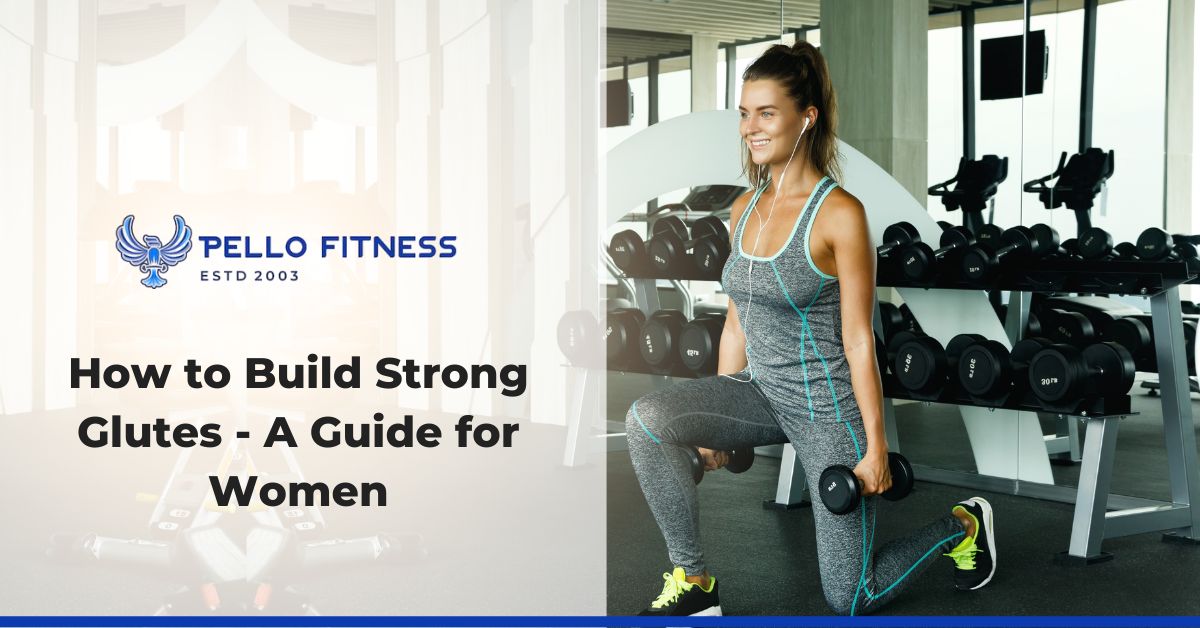
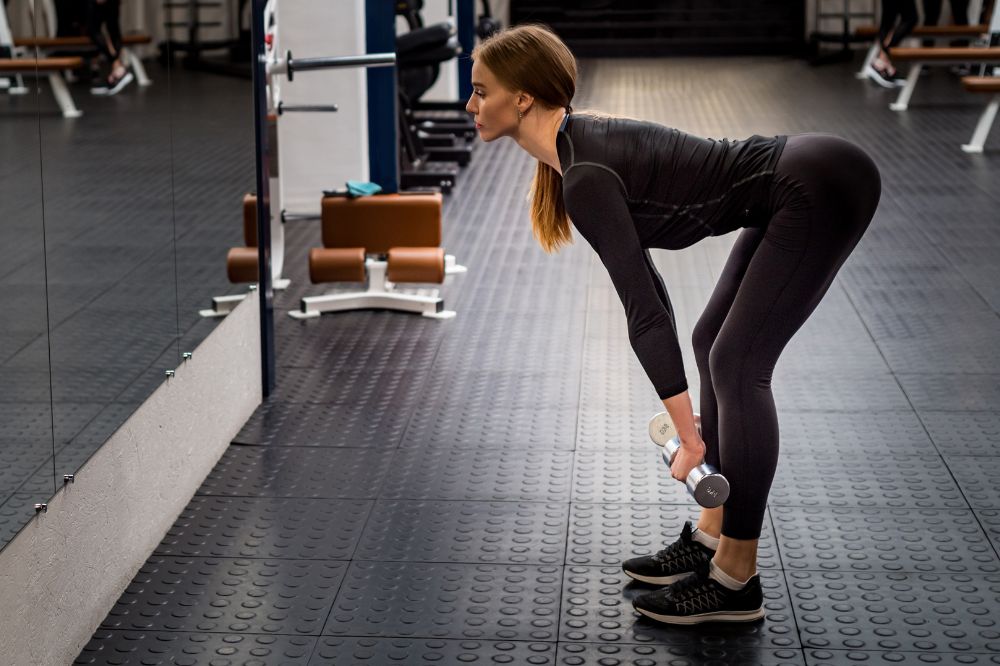
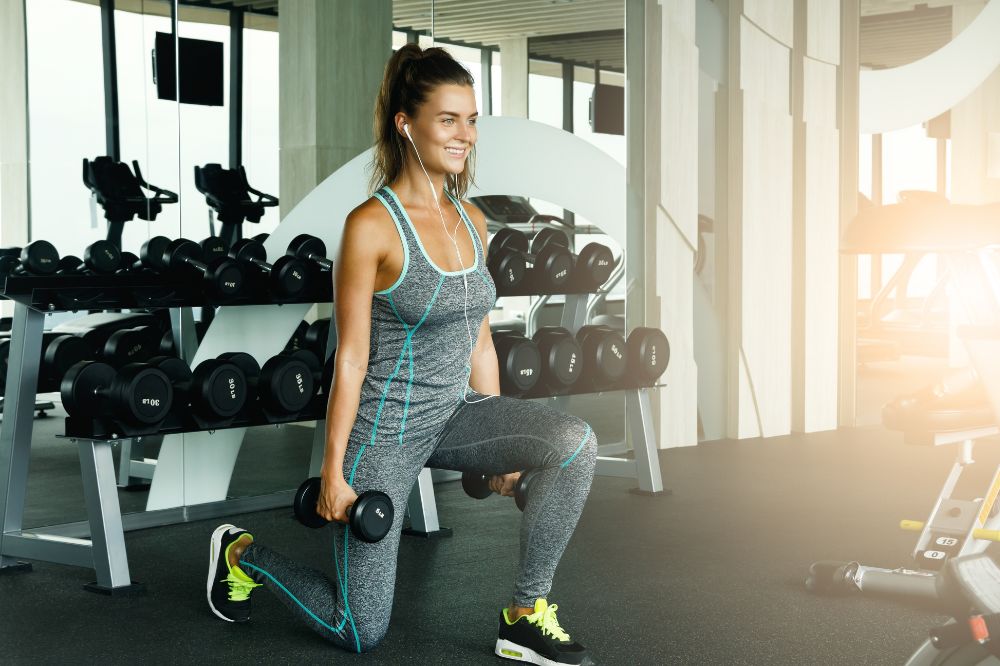
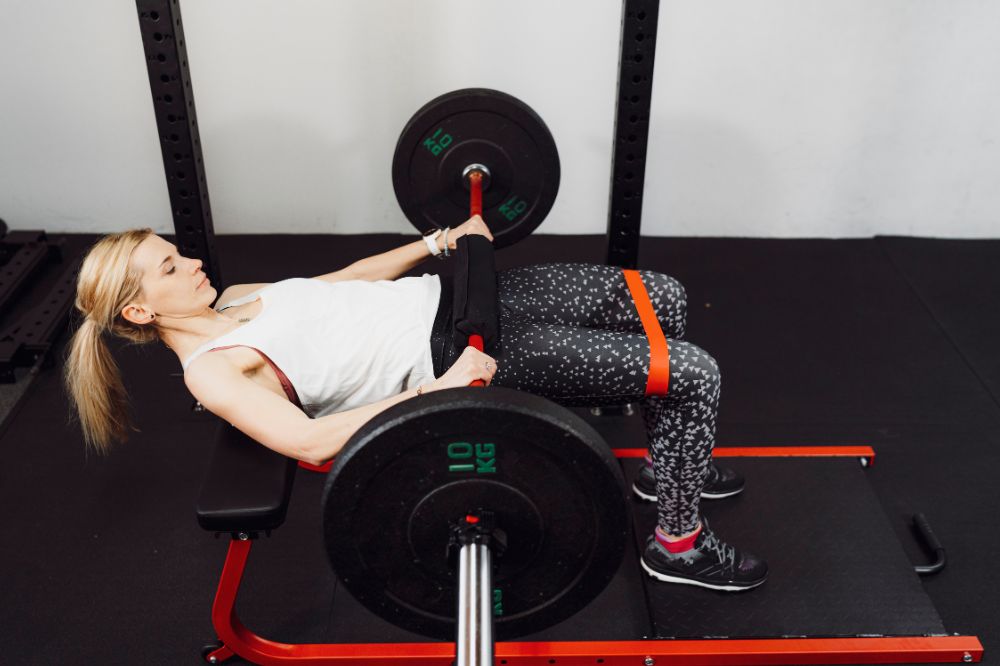
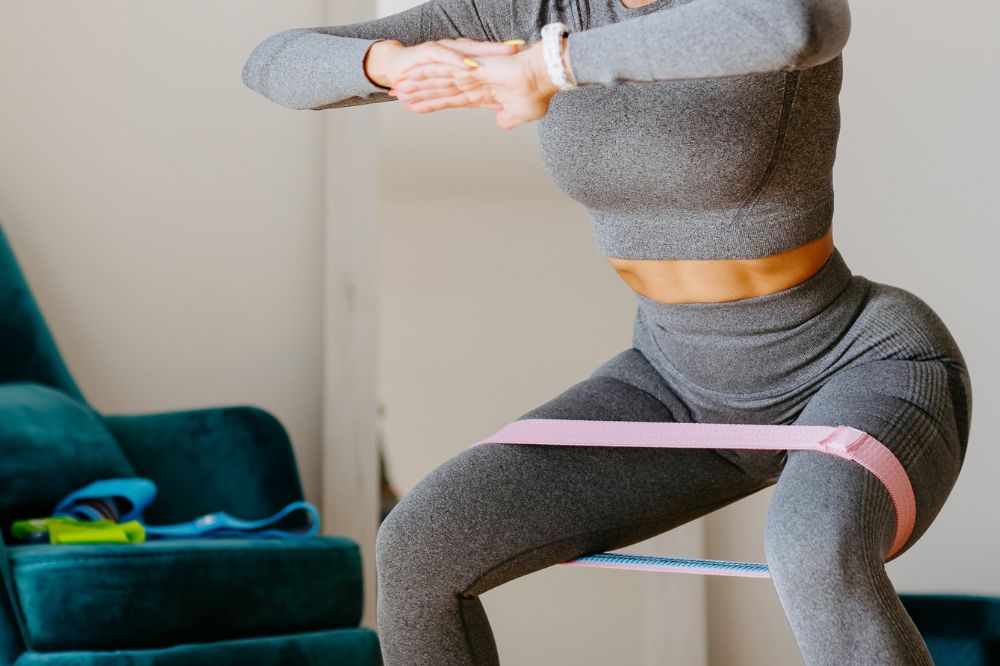
 RSS Feed
RSS Feed